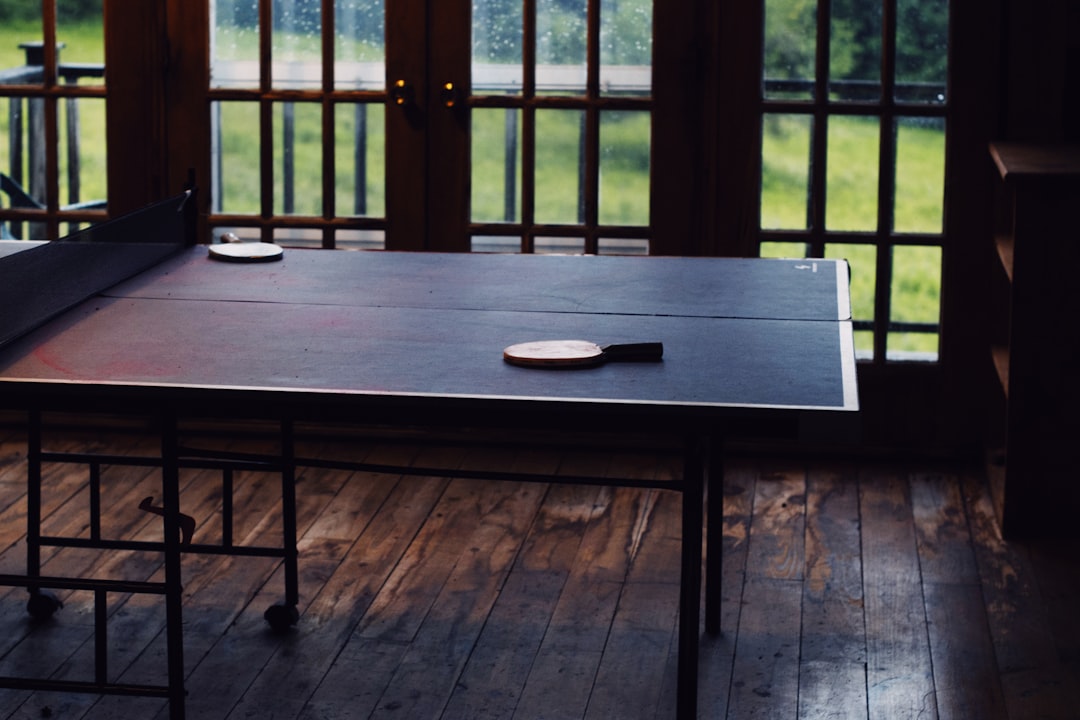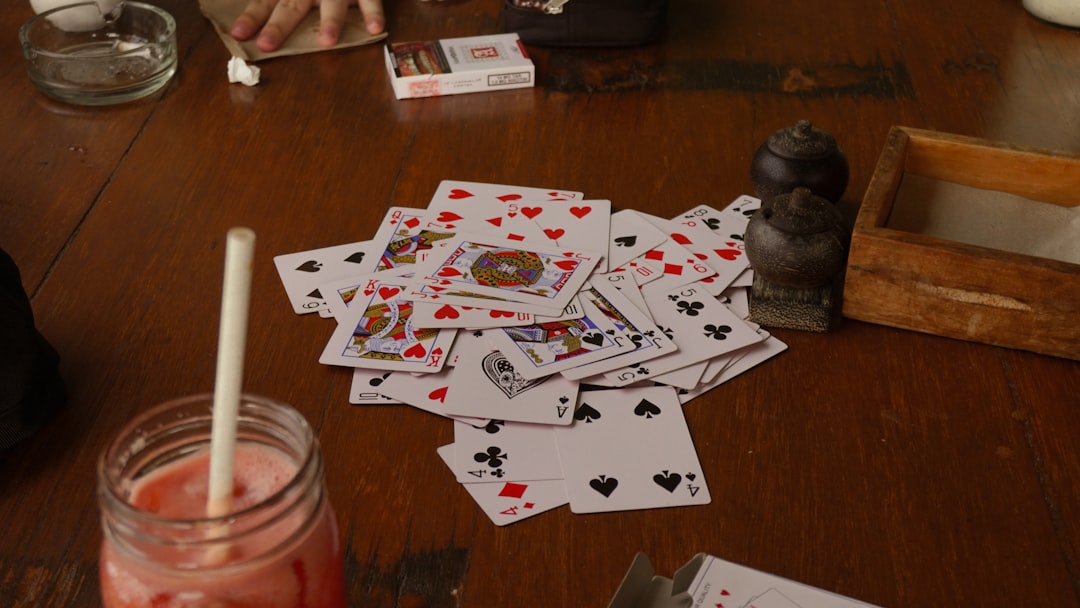In an age where digital poker platforms and virtual chips dominate the card-playing world, many enthusiasts still ask a fundamental question: Are classic poker chips still worth the investment? The answer lies somewhere between nostalgia, quality, and the tactile satisfaction that only tangible chips provide. Whether you’re a seasoned poker player or just dipping your toes into the game, understanding the value of classic poker chips is critical if you’re considering building or upgrading a home setup.
The Allure of Classic Poker Chips
Classic poker chips have long been associated with the glamour and authenticity of high-stakes gambling. Their weighted feel, signature clinking sound, and color-coded system create a gaming atmosphere that simply cannot be replicated digitally. These chips are made from a variety of materials, including clay, composite, and ceramic, each offering a different texture and level of durability.

One reason many players continue to invest in classic poker chips is the sensory experience. The tactile feedback from handling real chips can enhance focus and immersion, making every hand feel more real and strategic. It’s a perceived step closer to the professional tables in Las Vegas or the underground games of old.
Types of Classic Poker Chips
The value of poker chips—monetary and experiential—depends largely on their type. Here’s a quick overview of the primary classes:
- Clay Chips: Traditionally the most sought-after, clay poker chips are smooth and slightly porous, offering an unrivaled feel. They are heavier and quieter than plastic counterparts, which adds to the experience. However, they also tend to wear down faster and cost more.
- Composite Chips: These plastic and metal chips are more affordable and durable than clay. Though they don’t feel quite as authentic, they are a popular middle ground suitable for casual players.
- Ceramic Chips: Often used in professional casino environments, ceramic chips are durable, customizable, and have a slick finish. They lie somewhere between clay and composite in terms of cost and feel.
Cost vs. Longevity
One major consideration when evaluating whether classic poker chips are worth the investment is their cost-to-longevity ratio. High-end clay chips might require a significant upfront outlay—often ranging from $100 to $500 for a set—but their long-term value can be considerable for those who play regularly. Cheaper chips may wear out or fade quickly, calling for repeated replacements that add up over time.
If you host poker nights frequently or expect to use the chips for years to come, investing in a premium set might not only pay off in terms of longevity but also enhance the experience for you and your guests.
Resale and Collectibility
Interestingly, some classic poker chips become collectible over time, especially limited-edition or vintage sets. As certain designs get discontinued or manufactured by now-defunct producers, their value can actually increase. Enthusiasts and collectors scour online marketplaces for unique, high-quality sets, sometimes paying premiums for rare items with historical or aesthetic value.
This adds an extra dimension to the investment: ownership of a piece of poker’s storied history, something you won’t get with disposable plastic chips or virtual tokens.

Tournaments and Home Games
For many casual players, the authenticity of high-quality poker chips uplifts the overall gaming environment. It provides a structured and immersive setting that encourages more serious and enjoyable gameplay. If you’re planning on hosting tournaments or regular poker nights at home, classic chips lend the game a sense of occasion—something flimsy or digital counterparts fail to do.
Moreover, many classic chip sets come with carrying cases, custom labels, and denominations, allowing for seamless game organization, cleaner table setups, and faster betting rounds.
Sustainability Considerations
In terms of sustainability, classic poker chips may be more eco-friendly over time than constant usage of disposable or polycarbonate plastic alternatives. Many high-quality chip sets last decades with proper storage and care. This reduces waste and consumption, aligning with trends in environmentally conscious consumer behavior.
The Verdict: Are They Still Worth It?
In a word: Yes. But with nuance.
Classic poker chips are more than entertainment tools; they are durable, collectible, and immersive parts of the game’s tradition. While they’re not for everyone—especially casual players who dabble in poker a few times a year—those who play frequently or value experiences over convenience will likely find them a worthy investment.
Ultimately, the choice to invest in classic poker chips depends on your commitment to the game, your aesthetic tastes, and how much you value the intangible aspects of tactile, in-person gameplay.

FAQ: Classic Poker Chips
- Q: What is the best material for high-end poker chips?
A: Clay and ceramic are typically considered the best materials for high-end poker chips due to their weight, feel, and aesthetic appeal. Clay chips are more traditional, while ceramic chips are often used in actual casinos. - Q: How many poker chips do I need for a home game?
A: A standard set of 300 to 500 chips is sufficient for most home games. This allows for up to 10 players with various denominations. - Q: Are classic poker chips customizable?
A: Yes, many ceramic and composite chip manufacturers offer full customizability, including unique logos, color schemes, and chip values. - Q: Do poker chips appreciate in value?
A: Some limited-edition or vintage poker chips can appreciate over time, making them collectible items. However, not all chips increase in value, and resale largely depends on brand, condition, and demand. - Q: How do I maintain and store classic poker chips?
A: Store them in their original case or a padded chip tray in a cool, dry area. Avoid direct sunlight or extreme humidity. Clean with a soft cloth and avoid abrasive chemicals.
In a poker world increasingly dominated by apps and digital platforms, classic poker chips remain emblematic of tradition, quality, and genuine play. For many players, that alone makes them well worth the price.


